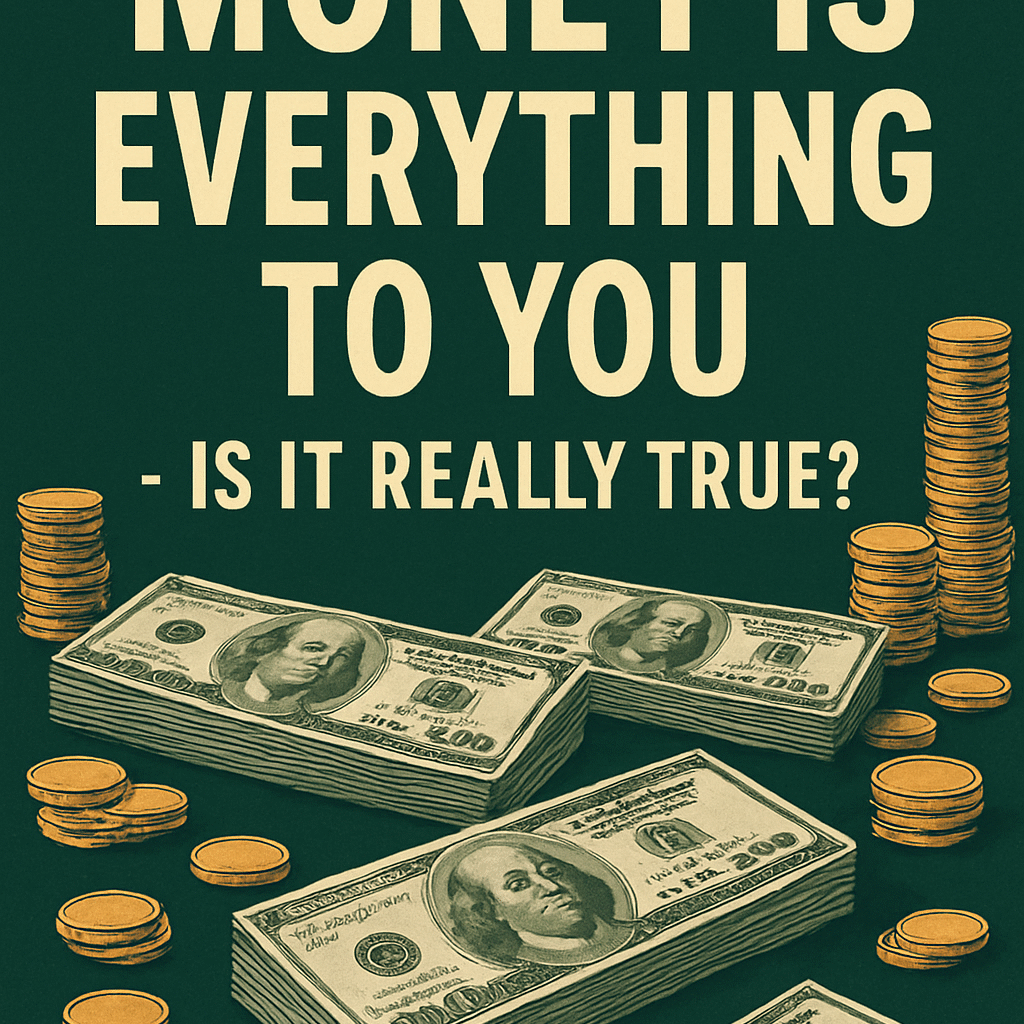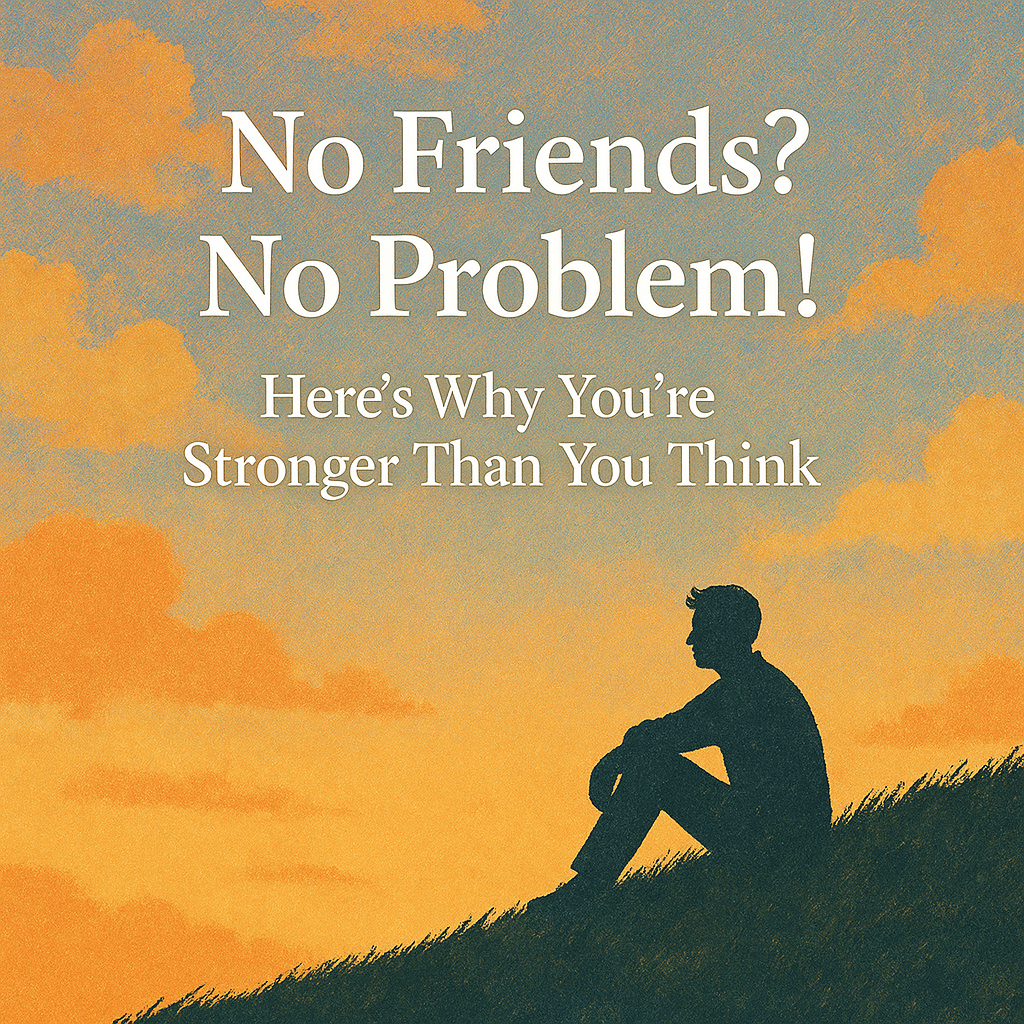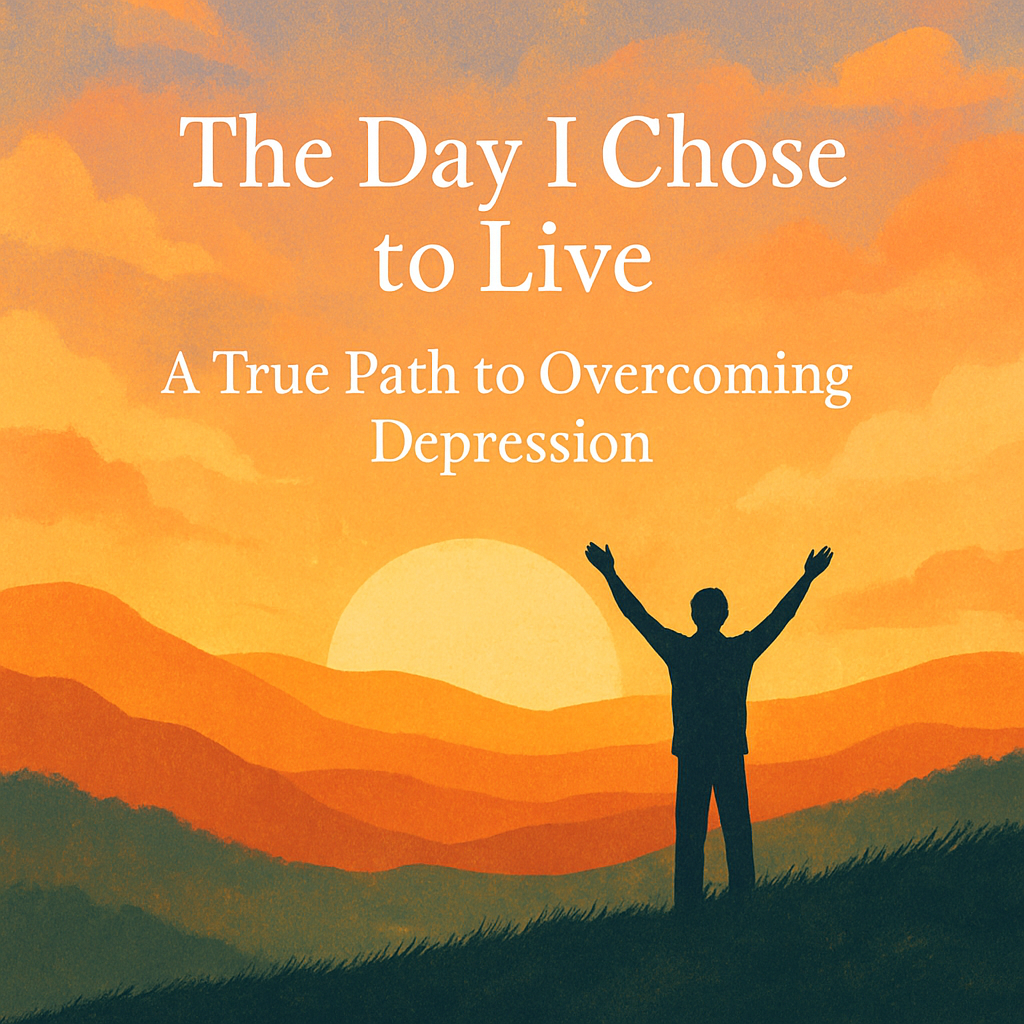
Money — it’s the invisible current that flows through our lives, pushing us forward, pulling us back, and shaping the way we think, dream, and live. From the moment we are old enough to understand the concept of buying and selling, the world teaches us that money is the ticket to freedom, happiness, and success.
For some, it becomes the center of life — the reason to wake up early, work long hours, and sacrifice time with loved ones. They live by one belief: money is everything. But is that really true? Or is it a myth we have collectively built over generations?
Let’s dive deep into this question, not just with numbers and logic, but with real emotions, real experiences, and real truths.
Chapter 1: The Power of Money
Before we talk about whether money is everything, we must admit one thing: money is powerful.
It can do things no other resource can. It buys food when you’re hungry, medicine when you’re sick, and shelter when you’re homeless. It gives you choices in a world where choices are often limited to the wealthy.
- Security and Comfort
Money protects us from uncertainty. It allows us to prepare for emergencies, to live in safer neighborhoods, to access better healthcare, and to give our children better opportunities. - Freedom and Opportunities
Without money, dreams often remain dreams. With money, those dreams have a chance to take shape. You can travel, invest, start a business, or simply live without constant fear of tomorrow. - Social Status and Influence
In most societies, wealth brings respect — sometimes deserved, sometimes not. People often listen to those with money, follow their advice, and admire their lifestyle.
Clearly, money is important — extremely important. But does that mean it is everything?
Chapter 2: The Illusion of ‘Everything’
Money may open doors, but it cannot fill every room of life with light. Many people who chase wealth find themselves in an endless race, only to realize that some of life’s greatest treasures cannot be purchased.
- Love and Relationships
True affection cannot be bought. Sure, money can attract people, but it cannot ensure genuine care, loyalty, or emotional connection. Some of the wealthiest people in the world still feel lonely. - Time
You can buy a luxurious watch, but not a single extra minute of life. Once a moment is gone, no amount of money can bring it back. - Inner Peace
Many millionaires struggle with anxiety, depression, and restlessness. Peace of mind comes from within, not from a bank account balance. - Health
Money can buy treatment, but not perfect health. Prevention, discipline, and lifestyle matter as much as — if not more than — medical expenses.
Chapter 3: Money and Happiness – What Science Says
Psychologists and economists have studied the link between wealth and happiness for decades. Research shows that:
- Happiness does increase with income — up to a certain point.
- Once basic needs and moderate comforts are met, more money adds little to overall life satisfaction.
- Social connections, purpose, and personal freedom matter more than wealth beyond a certain level.
In other words, money is like salt in food — essential in the right amount, but adding more and more doesn’t necessarily make life better.
Chapter 4: The Dark Side of Making Money Everything
When money becomes the center of your life, it can quietly destroy the things that truly matter.
- Neglecting Relationships
If work always comes first, loved ones often come last. You might earn millions, but lose the warmth of your family. - Compromising Values
Chasing money at any cost can lead people to take unethical shortcuts, harming others — and themselves — in the process. - Never Feeling Satisfied
If money is your measure of worth, there’s never “enough.” Even billionaires can feel poor compared to someone richer.
Chapter 5: Real-Life Stories
Let’s look at two short, contrasting examples.
- Ravi’s Story
Ravi grew up poor, vowing to become rich at any cost. He worked tirelessly, built a company, and became a millionaire by 40. But his marriage had collapsed, his children barely spoke to him, and his health was failing. Alone in his luxury apartment, he realized he had sacrificed everything for money — and lost the things money couldn’t buy. - Meera’s Story
Meera also worked hard to earn a good income, but she never let money control her priorities. She invested wisely, but always made time for family, hobbies, and community work. She wasn’t the richest person in her circle, but she was one of the happiest.
Chapter 6: A Balanced Truth
So, is money everything? No. But is it nothing? Absolutely not.
The truth lies somewhere in between: Money is a powerful tool — not the ultimate goal.
When you treat money as a servant, it works for you. When you treat it as a master, it controls you.
Chapter 7: How to Keep Money in Perspective
- Define Your ‘Enough’ – Decide how much money you need for comfort, security, and your dreams.
- Prioritize Relationships – People matter more than possessions.
- Invest in Experiences – Memories last longer than material goods.
- Take Care of Your Health – No amount of wealth can replace it.
- Give Back – Sharing your resources can bring joy and purpose.
Conclusion: The Final Word
Money is like oxygen — you cannot live without it, but it’s not the only thing that keeps you alive. Treat it as important, but never as everything. Use it to create a life filled with love, meaning, and purpose — because at the end of the day, it’s not your bank balance people will remember, but the person you were.









